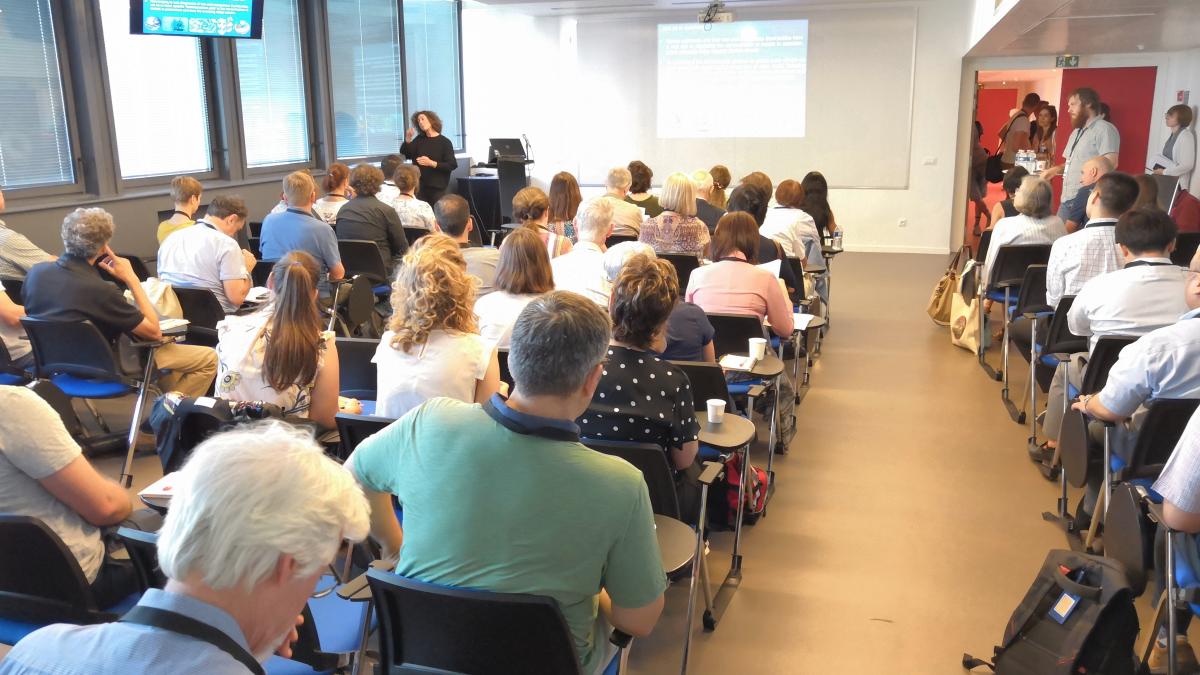Lunch-and-learn session - Deep borehole Repository of high-level radioactive waste - State-of-Knowledge and pros&cons
Speaker: Muriel ROCHER
May 19th, 2022
13.00 - 14.00

Many countries are developing a geological disposal project to dispose of their high-level radioactive waste (HLW), potentially their intermediate, long-lived radioactive waste (ILW-LL) as well as spent nuclear fuel (SF) when considered as waste. The most widely selected option, for which a site selection process is underway in several countries or even achieved, is the deep geological repository (DGR) concept, a mining repository located underground in a geological layer, in which conditioned waste or SF is placed.
Some other countries have studied or continue to explore the deep borehole repository (DBR) concept which relies on two main safety functions similar to those of the DGR: isolate waste from natural surface phenomena, thereby significantly reduce the risk of human intrusion, and lean on the geological environment to ensure long-term passive containment.
To a greater extent, several very different concepts of borehole disposal have already been studied or implemented. The deep injection of liquid waste through boreholes has been implemented for low and intermediate-level radioactive waste in the USA and Russia. The option of deep disposal of exothermic waste provoking fusion and melting with the surrounding rock has been studied in the ‘70s and ‘80s, but only the sealing of the disposal zone in a borehole by welding of a granitic rock is still examined by the scientific community. There are several projects of disposal of small quantities of packaged solid waste, such as disused sealed sources, in a several tens to hundreds meters depth borehole, following a guide developed by the IAEA; some of which are underway, such as in Ghana. Finally, the disposal of larger quantities of solid waste and potentially of HLW or SF, in a DBR at a depth of thousands of meters, was first considered in the ‘50s but rejected as it was considered to be beyond drilling capabilities. Improvements in drilling and associated technologies, together with sealing methods progress have led several countries to reconsider this option for the disposal of HLW. It is actively studied in the USA, including for SF disposing.
The DBR concept drew the attention of some institutional organisations but also of some environmental Non-Governmental Organisations, some of which are part of SITEX.Network. That motivated SITEX to launch a review project including a state of the art’s bibliographic review as well as a workshop for discussions among members and wider. These SITEX activities have highlighted potential advantages and weaknesses of DBR from the point of view of safety, social and societal expectations, regulatory aspects and finally R&D needs.
